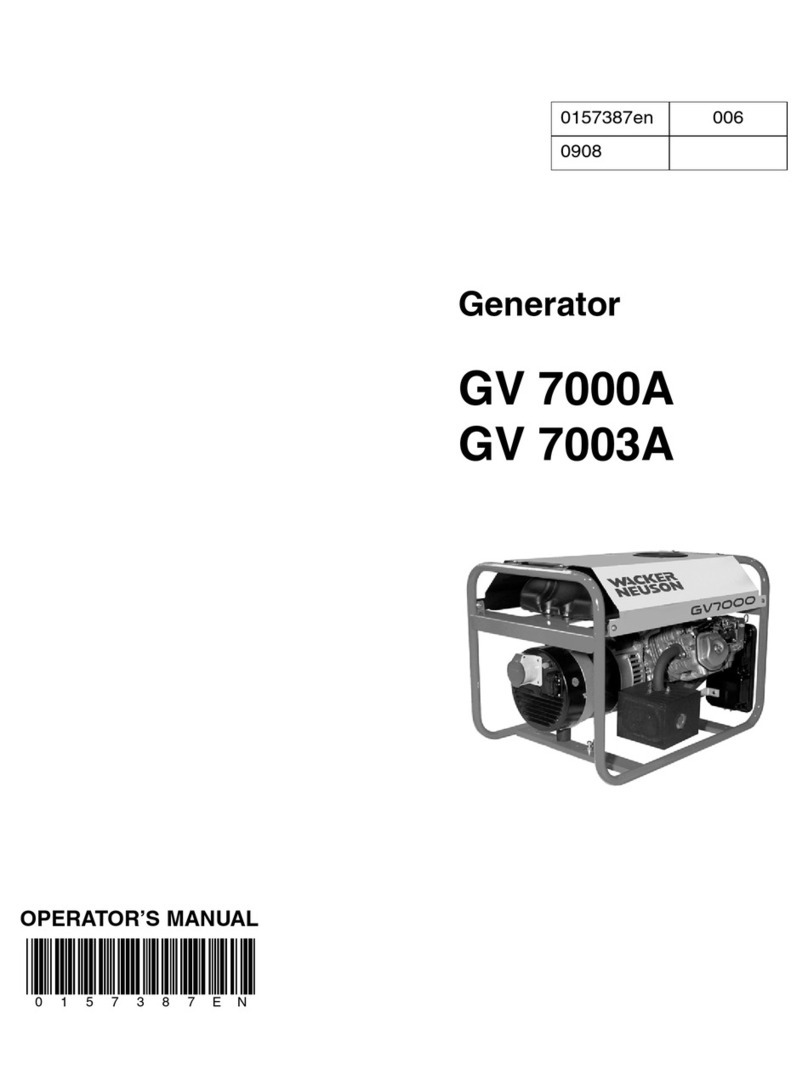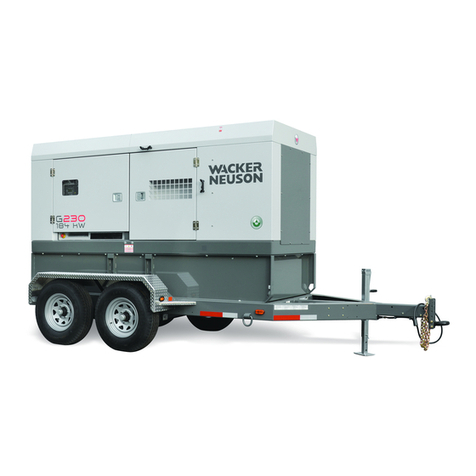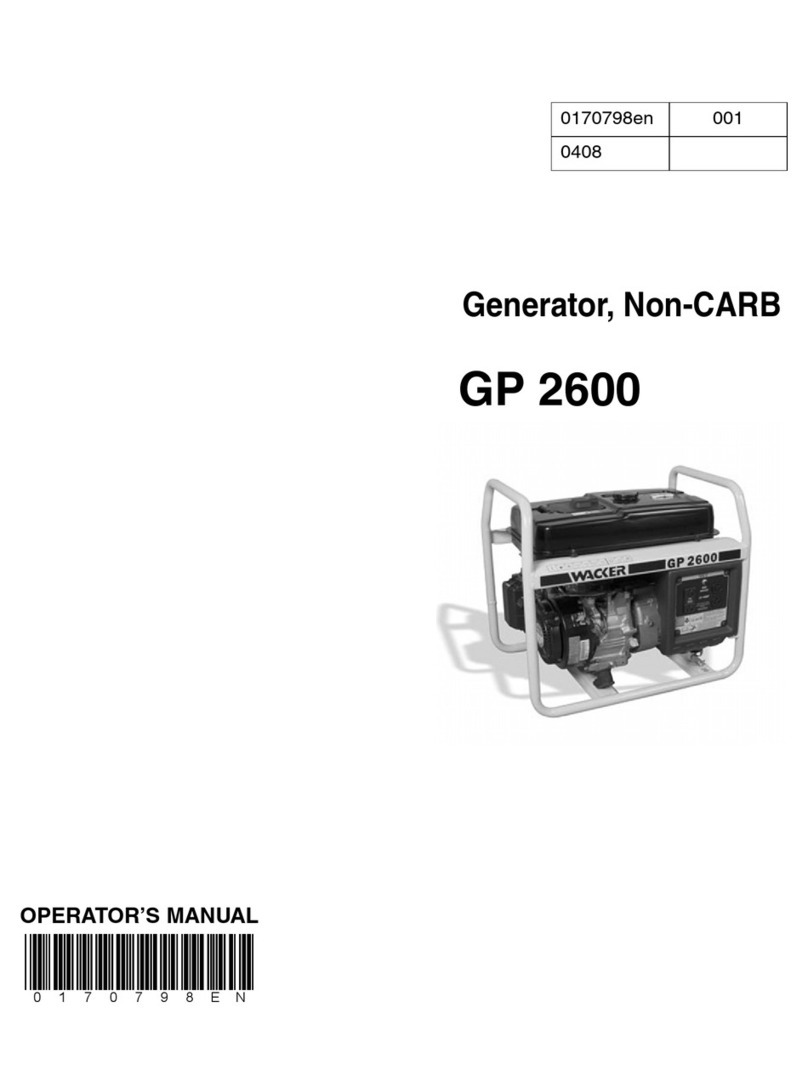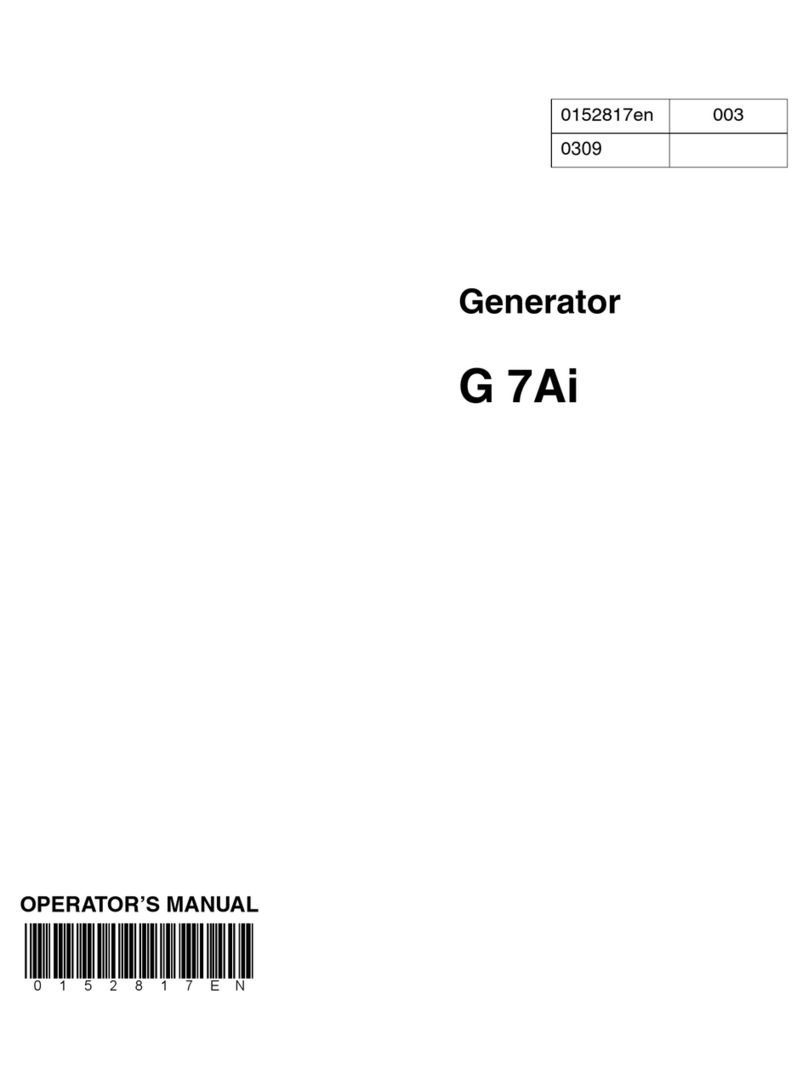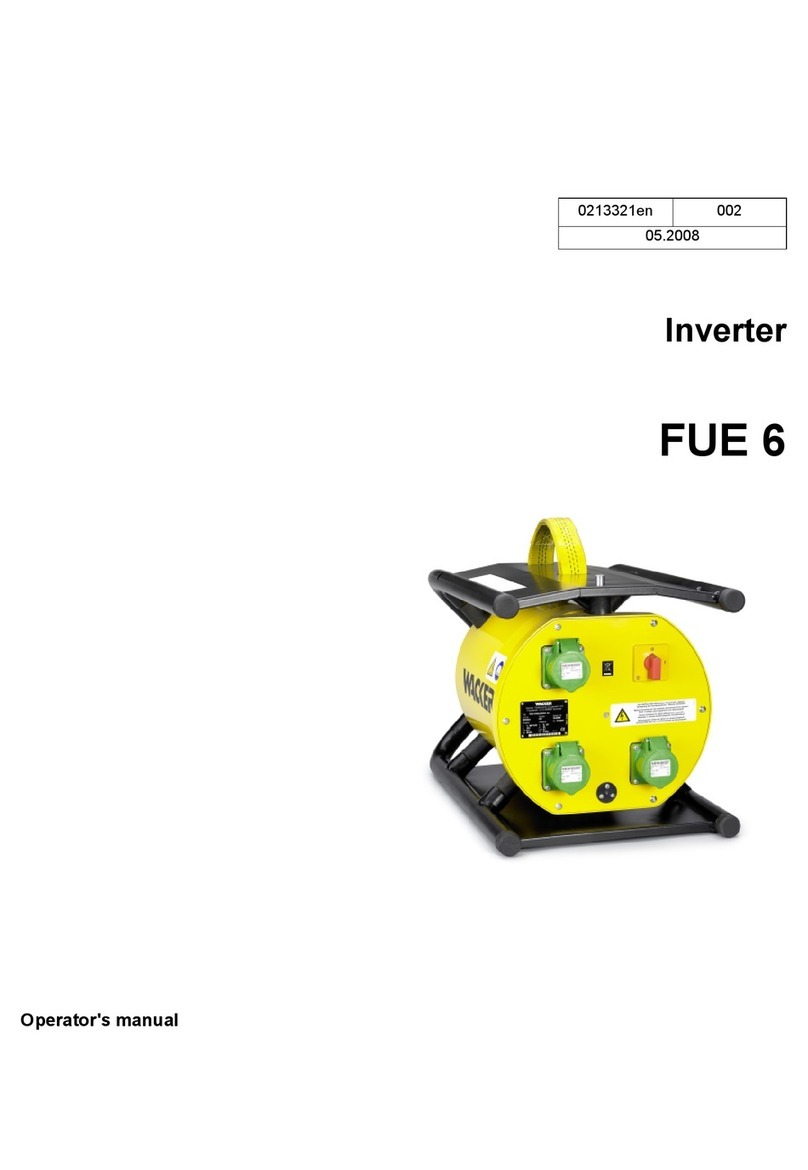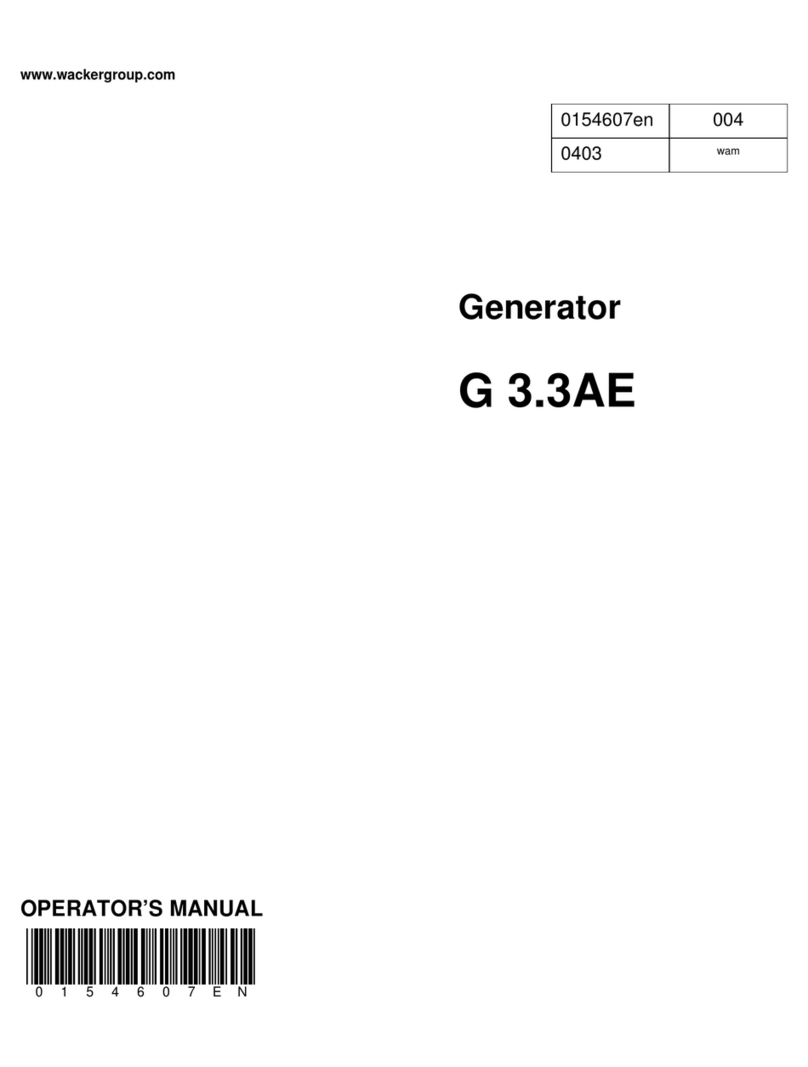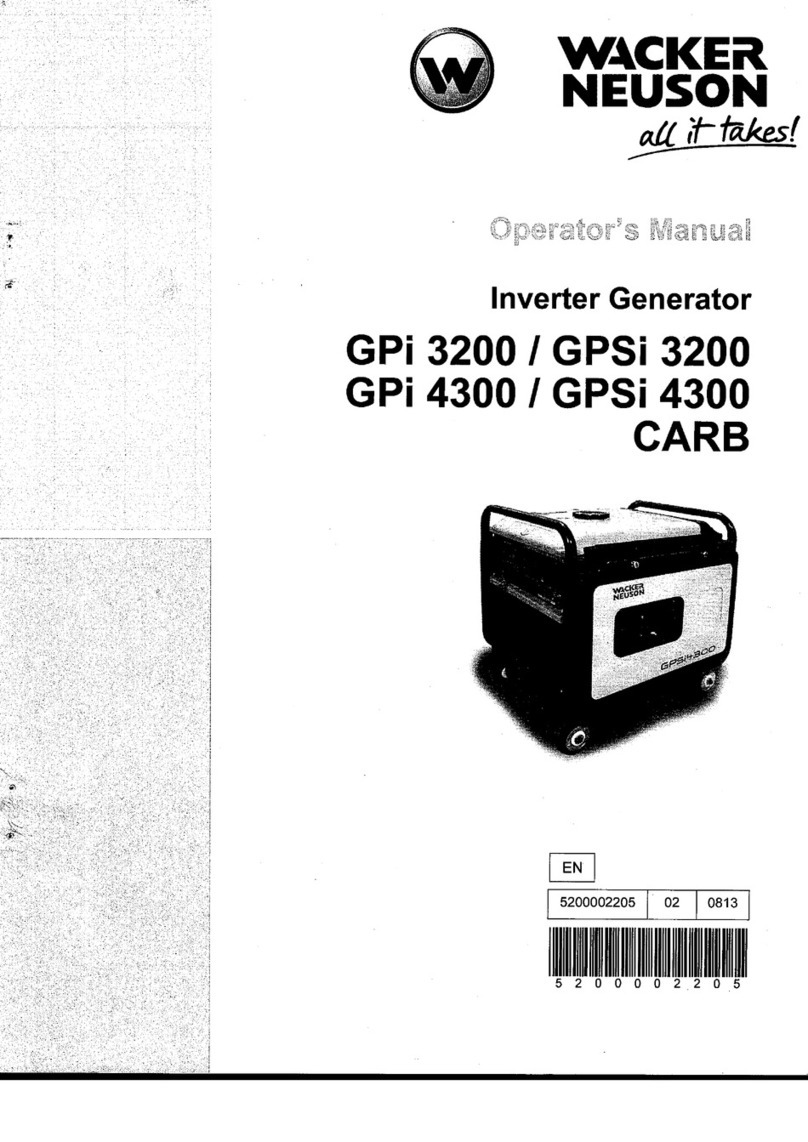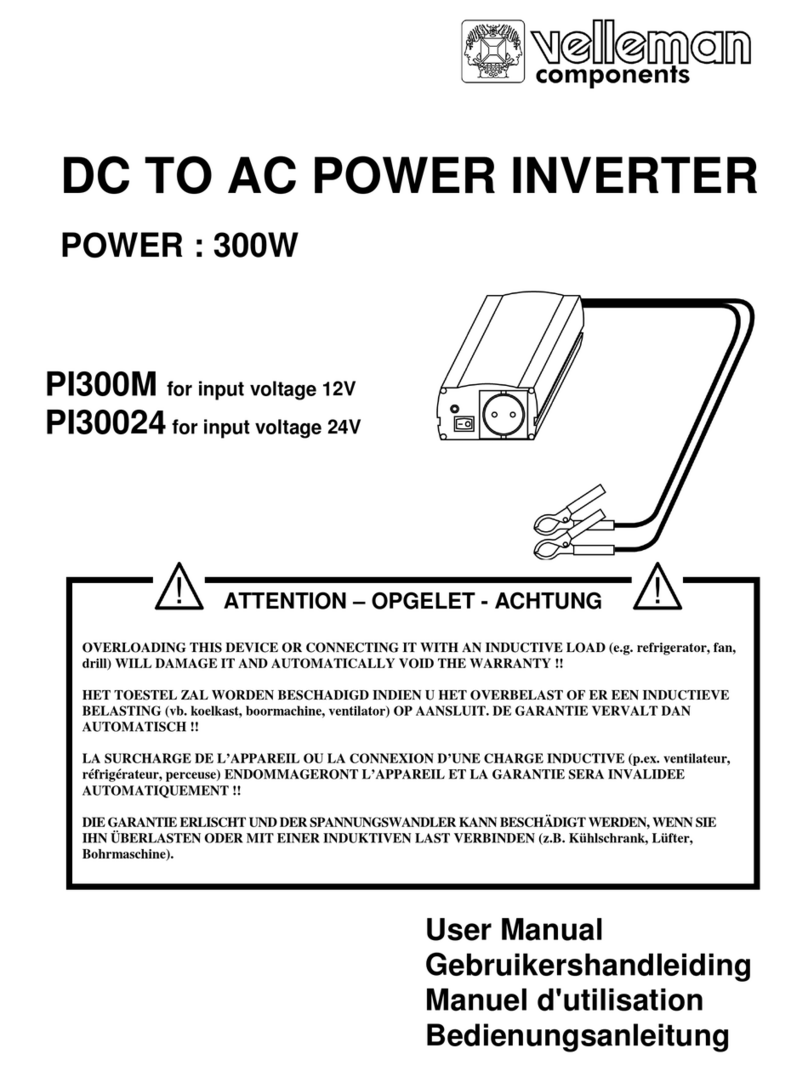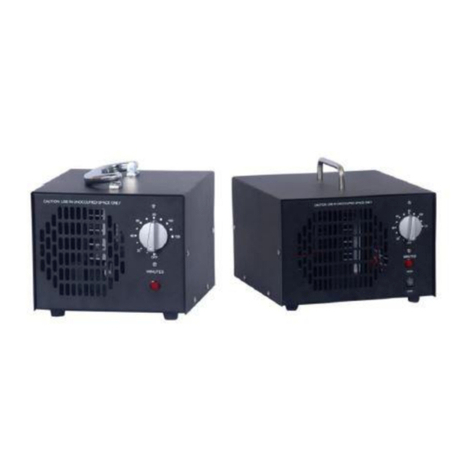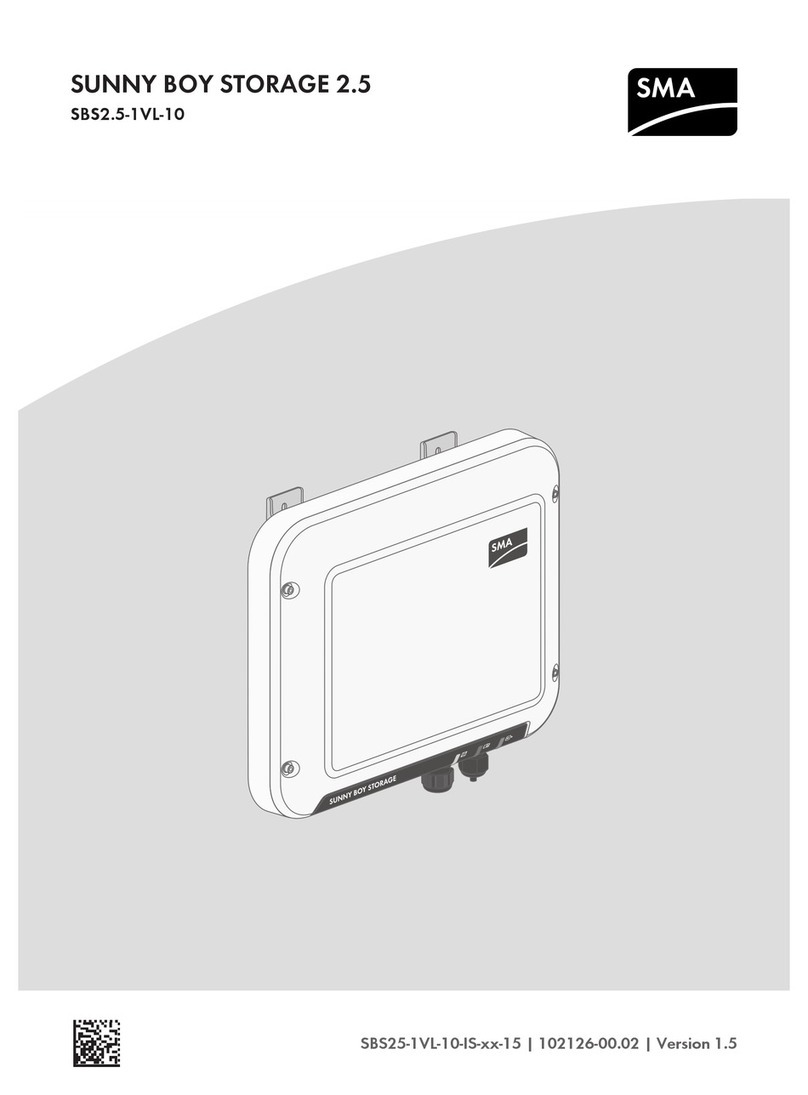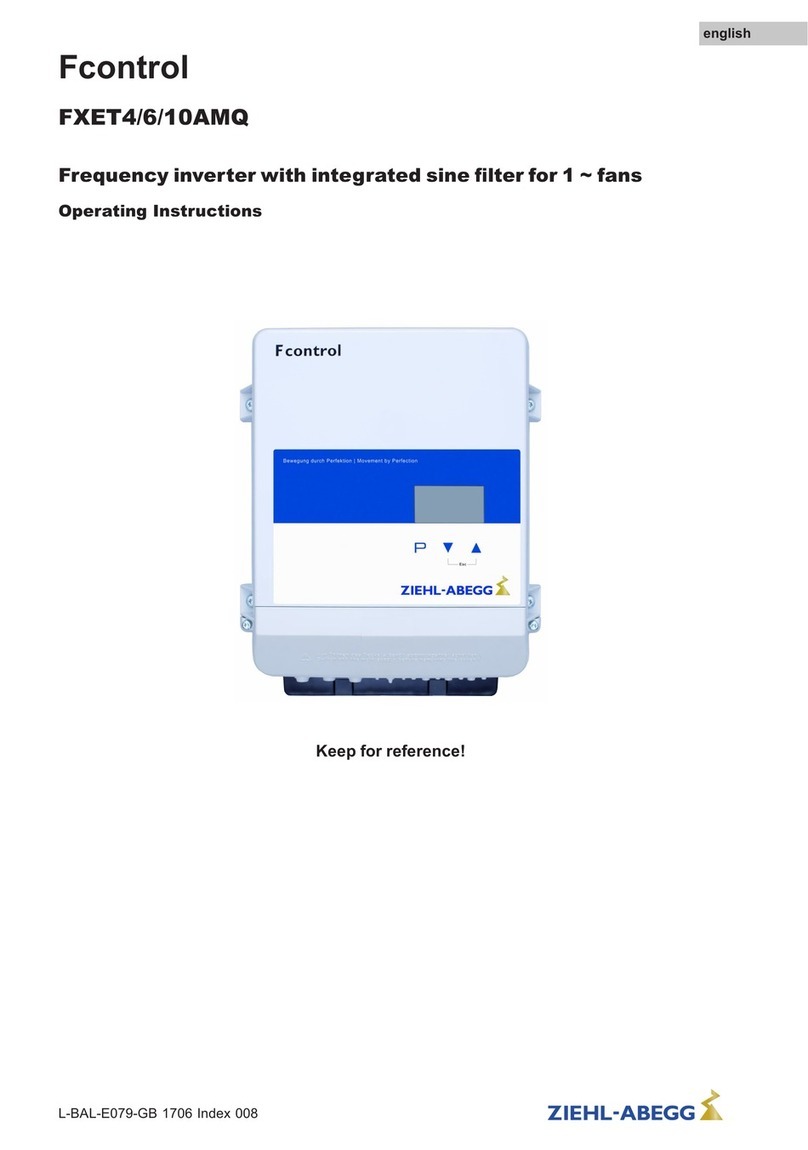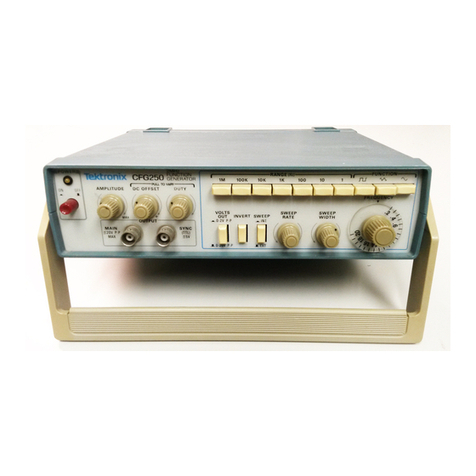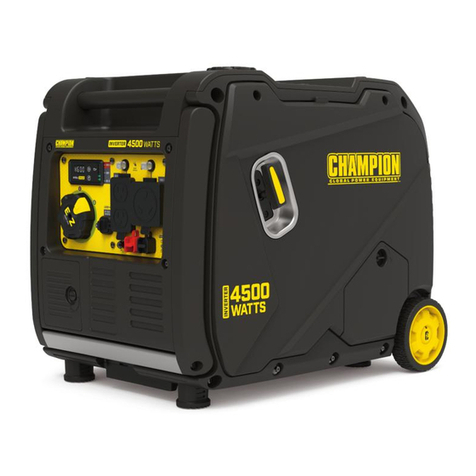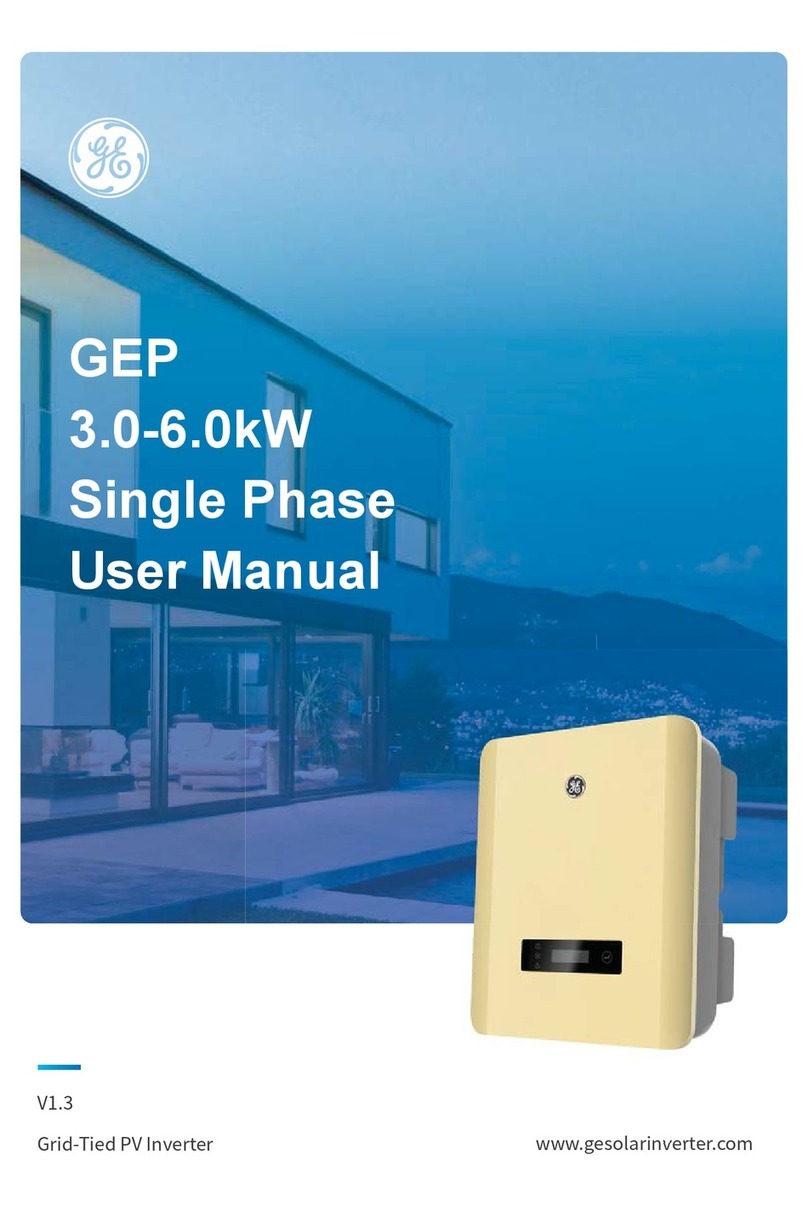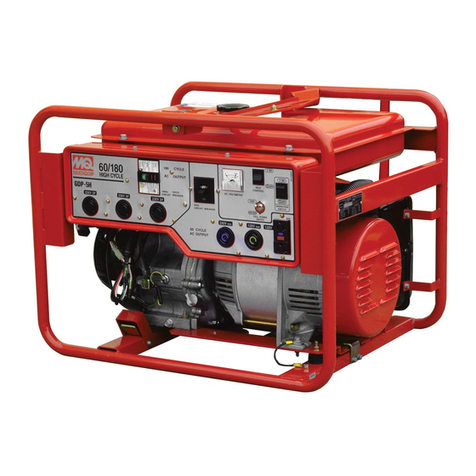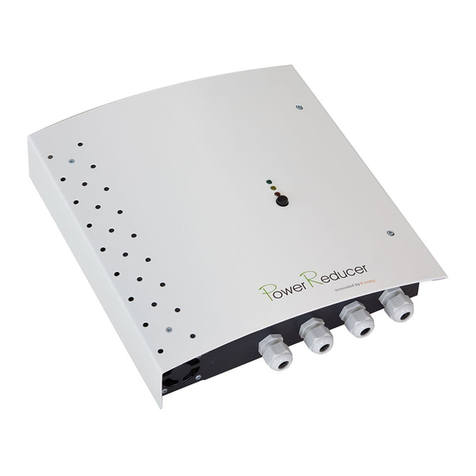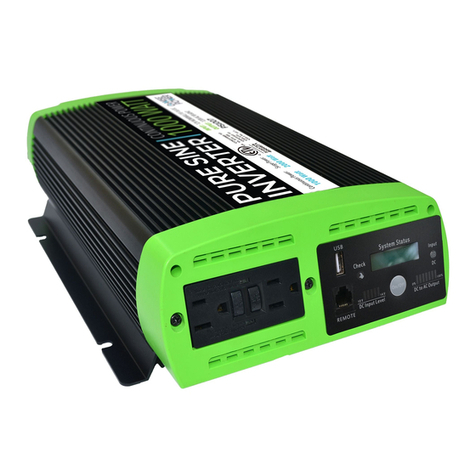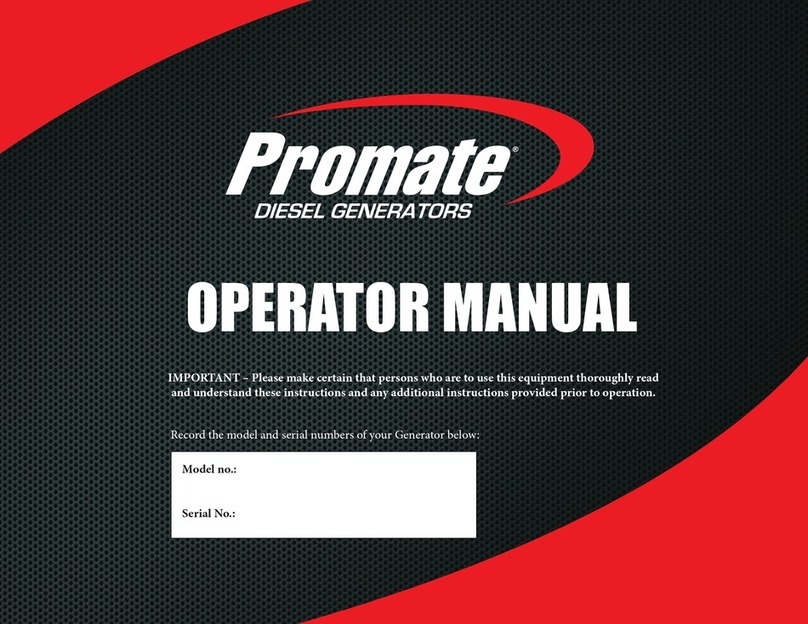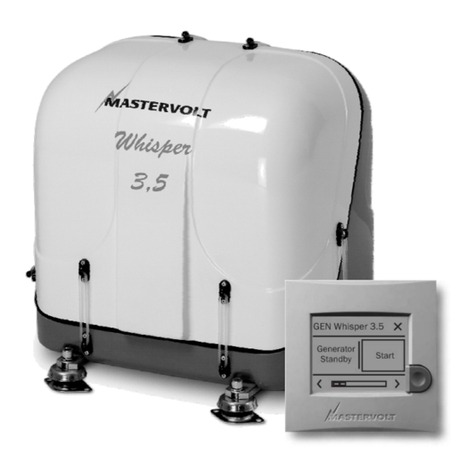
MG Repair Table of Contents
7
8.7 Checking the AVR Sensing Wires ...................................................... 75
8.8 Flashing the Generator (checking the excitation system) .................. 76
8.9 Checking Stator Windings at the Lugs ............................................... 77
8.10 Checking the Rectifier Diodes—Thread-in Style ................................ 78
8.11 Checking the Rectifier Diodes—Solder-in Style ................................. 79
8.12 Checking the Main Rotor Winding ...................................................... 80
8.13 Checking the Exciter Rotor Winding ................................................... 81
8.14 Checking Stator Windings at the Voltage Selector Switch ................. 82
9 Disassembly/Assembly Procedures 84
9.1 Tools ................................................................................................... 84
9.2 Ordering Parts .................................................................................... 84
9.3 Reference Numbers ( ) ....................................................................... 84
9.4 Weight Block ...................................................................................... 84
9.5 Removing the Roof ............................................................................. 85
9.6 Preparing Unit for Generator Removal ............................................... 87
9.7 Replacing the Generator .................................................................... 89
9.8 Removing the AVR ............................................................................. 91
9.9 Installing the AVR ............................................................................... 92
9.10 Removing the Engine ......................................................................... 95
9.11 Installing the Engine ........................................................................... 97
9.12 Replacing the Fuel Tank .................................................................... 99
9.13 Replacing the Emergency Stop Switch (older) ................................. 101
9.14 Replacing the Emergency Stop Switch (newer) ............................... 103
9.15 Replacing the Diodes ....................................................................... 105
9.16 Replacing the Voltage Selector Switch (VSS) .................................. 107
9.17 G 50, G 70, G 85 VSS Wiring ........................................................... 109
10 Technical Data 110
10.1 Engine Data ...................................................................................... 110
10.2 Generator Data ................................................................................. 111
10.3 Trailer and Skid Data ........................................................................ 112
10.4 Dimensions ....................................................................................... 113
10.5 Engine Wiring Diagram—John Deere with ECU .............................. 114
10.6 ECU Wiring Diagram ...................................................................... 118
10.7 ECU Harness Connector .................................................................. 119
10.8 Generator Wiring Diagram ............................................................... 120
